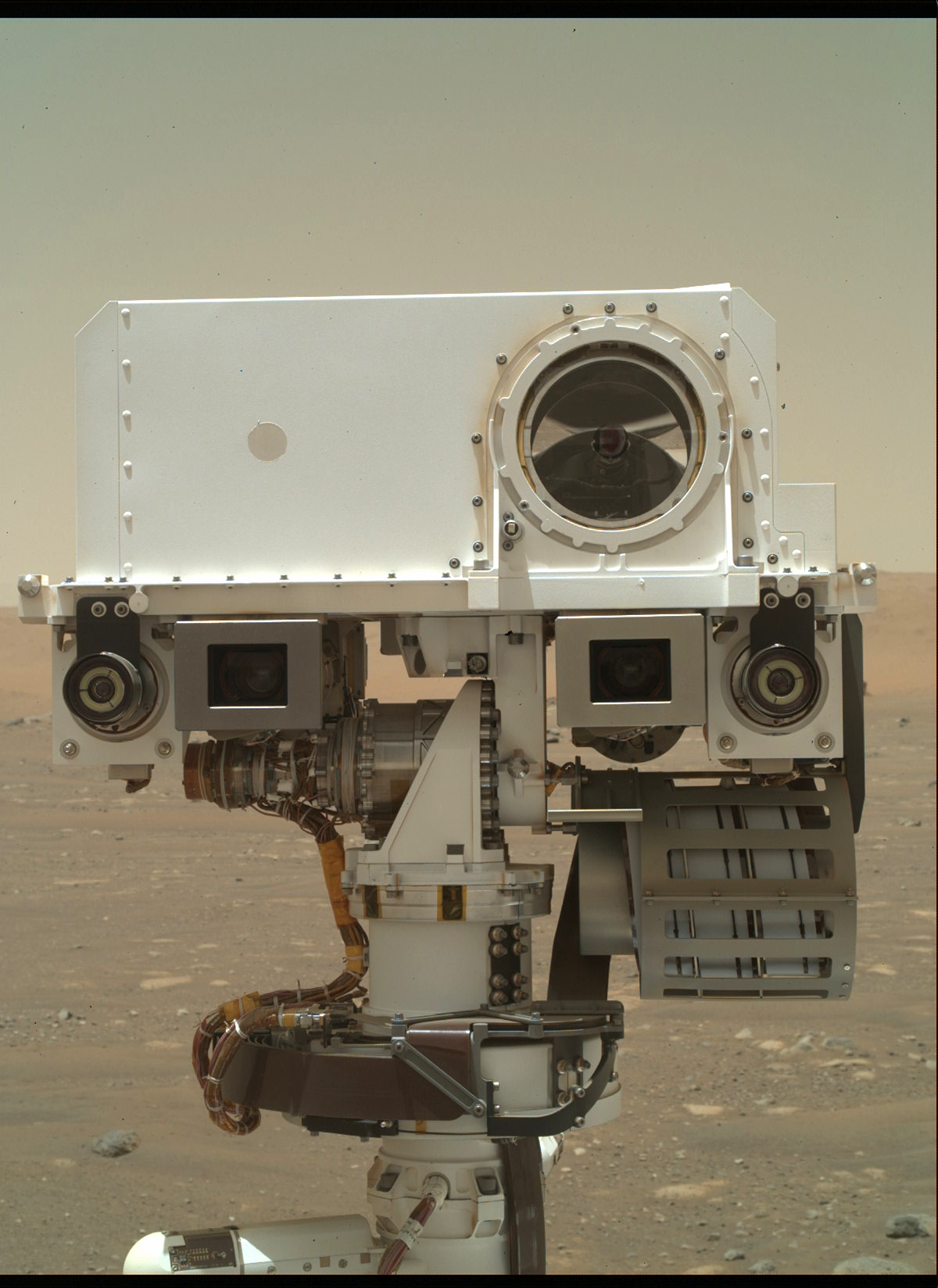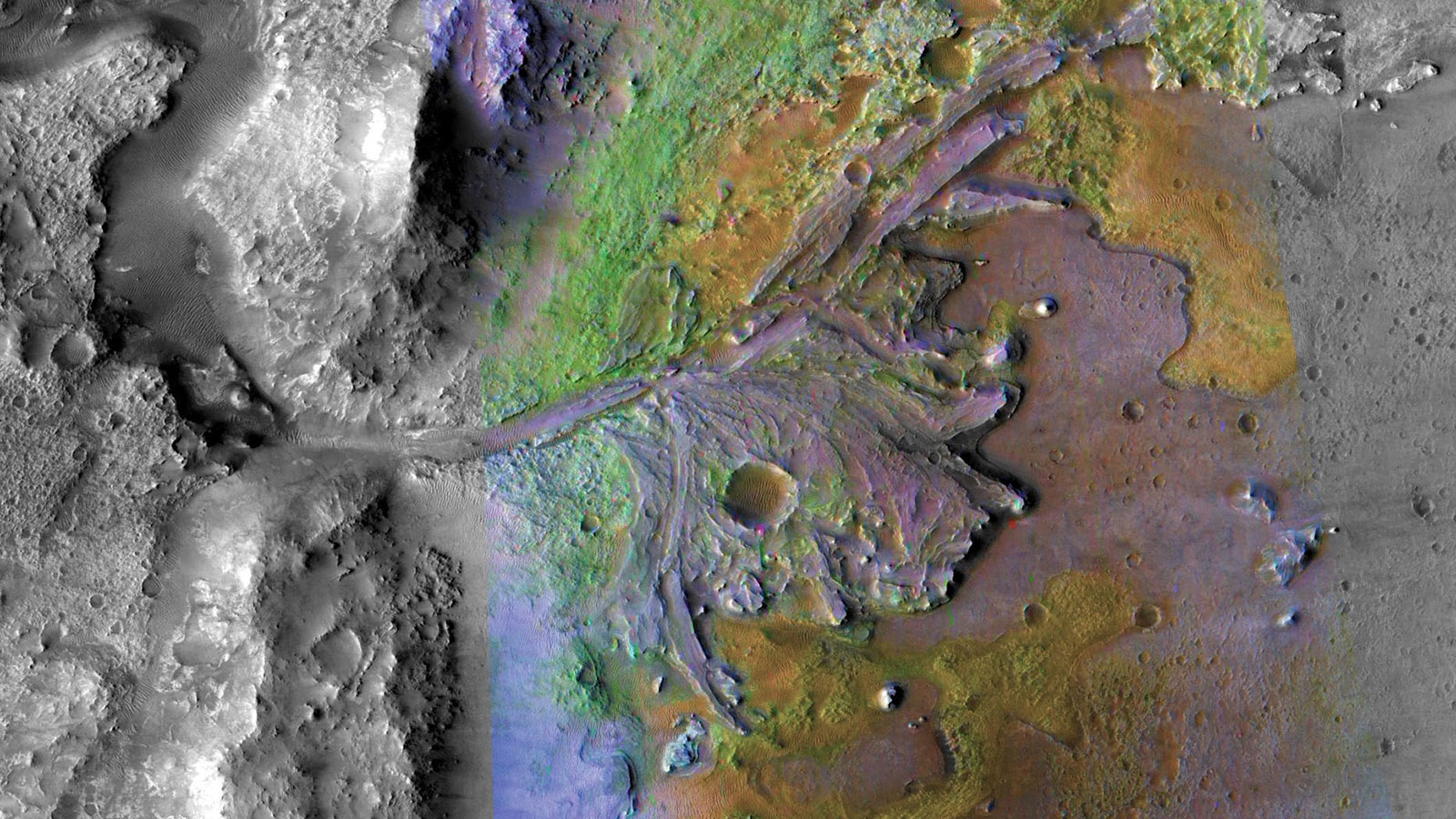
Aeronautical innovations are part of a government-industry partnership to collect data that could make supersonic flight over land possible, dramatically reducing travel time in the United States or anywhere in the world.
NASA’s Low-boom Flight Demonstration mission has two goals: 1) design and build a piloted, large-scale supersonic X-plane with technology that reduces the loudness of a sonic boom to that of a gentle thump; and 2) fly the X-plane over select U.S. communities to gather data on human responses to the low-boom flights and deliver that data set to U.S. and international regulators. Using these data, new sound-based rules regarding supersonic flight over land could be developed, which would open the doors to new commercial cargo and passenger markets to provide faster-than-sound air travel.
This artist’s concept shows a new Low-boom Flight Demonstration X-plane flying over land in the United States.
Learn more about the Low-Boom Flight Demonstration.























